- Learning time
- 30 minutes
- First play time
- 80 minutes
Trains
Designed by: Hisashi Hayashi
Although there is a board for Trains, in essence it’s a card game. Each player started with their own set of cards with which they can build track or stations on the board; the goal being to link your track to the most stations. During play you’ll only ever have five cards, and on your turn you can play as many of them as you wish – or are capable of playing.
But you can also use cards to get more cards from the communal supply, which do a variety of things; not least score points. Point-scoring cards are good for the obvious reason that most points wins you the game. But point-scoring cards are also bad in that during the game, they have no purpose, so they clutter up your hand – if you deal your five cards and find three of them are point-scoring cards, you only have a maximum of two cards to play.
The other thing that clutters up your hand are waste cards, which are a by-product of building. Certain cards bring you benefits, such as cutting costs when you choose to build, but these usually come with waste cards, and these go into your personal deck too. You can choose to forego your turn in order to dump waste cards back into the general supply, however.
So play continues with everyone trying to build whilst managing their waste, and judging when is the right time to start purchasing those point-scoring cards. The game ends when either four of the communal card decks are depleted, or one of the players have placed all their cubes (representing their track). Most points wins!
Joe says
I concur with Sam's views here - Trains is preferable to Dominion. I particularly like the super-dull artwork on the cards; painted scenes of very everyday station life in Japan, very boring but oddly charming. The downside is that it takes a long time to set up, and put back again, choosing which cards to use from the available stacks and sort them out afterwards. For this reason more than any other it never gained traction with our group of players, and I ended up trading it away, despite enjoying it in principle.
The guru's verdict
-
Take That!
Take That!
Everyone is busy with their own thing with the cards, but on the board there's room to mess with each other.
-
Fidget Factor!
Fidget Factor!
Low. After a first play Trains - as one would hope - speeds along.
-
Brain Burn!
Brain Burn!
There's only so many ways you can play five cards. Nobody should find this too much of a struggle after a play or two.
-
Again Again!
Again Again!
If you like Trains, you'll see there are variations in strategy in which cards you acquire.

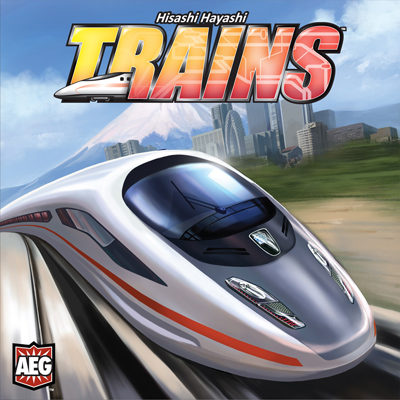
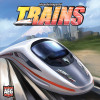
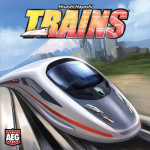

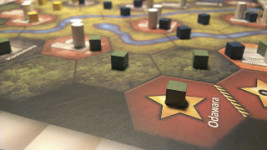


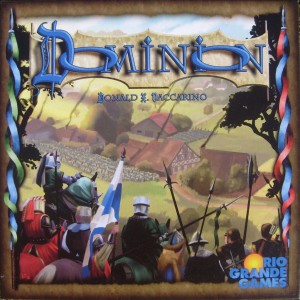
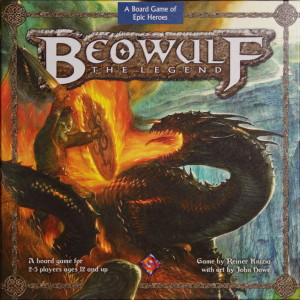
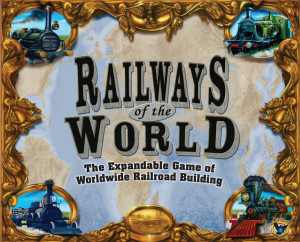
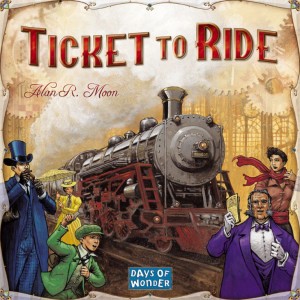
Sam says
If the box art and the name make it sound like Trains was designed for a five-year-old boy, be prepared for a pleasant surprise. My personal aversion to text-on-cards and deck-building games means I'm not an avid fan, but I think it's perfectly pleasant and I prefer this to the game that inspired it, Dominion.